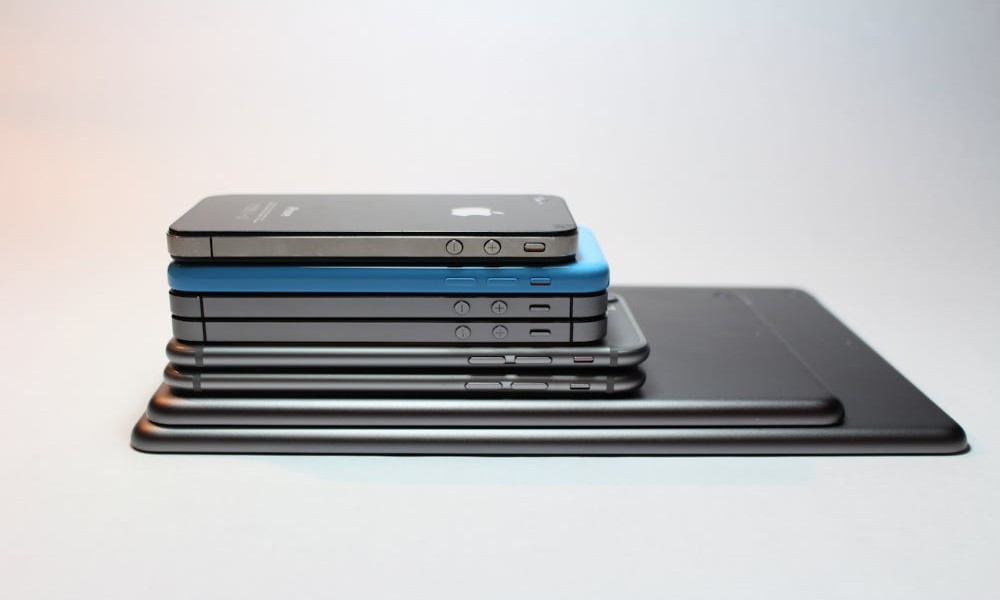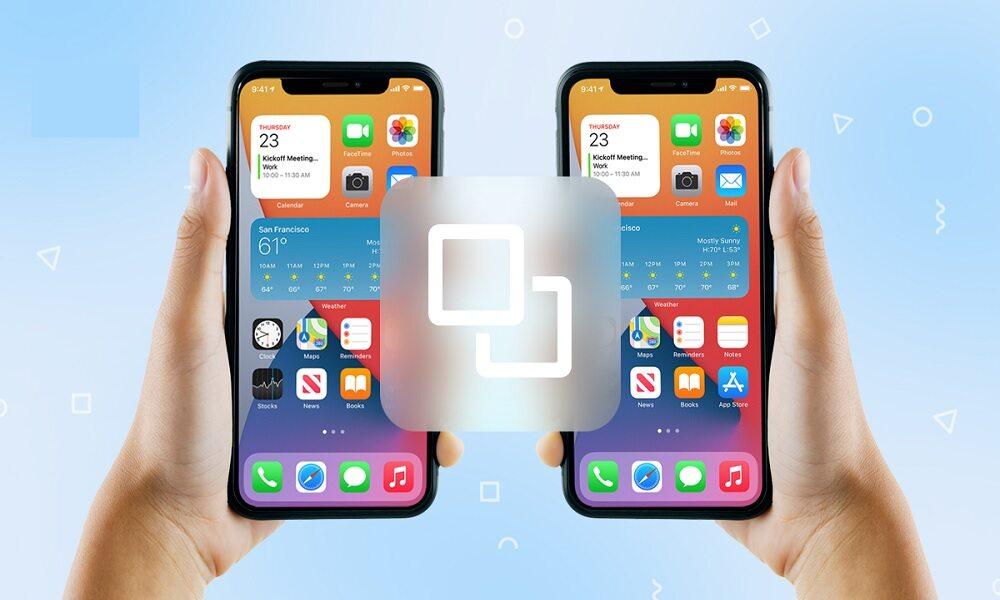How Long Does It Take to Trace a Call? 7 Factors Affecting Call Tracing Time

Call tracing helps identify a call's origin. How long does it take to trace a call? It varies based on tools and call type, from seconds to minutes.
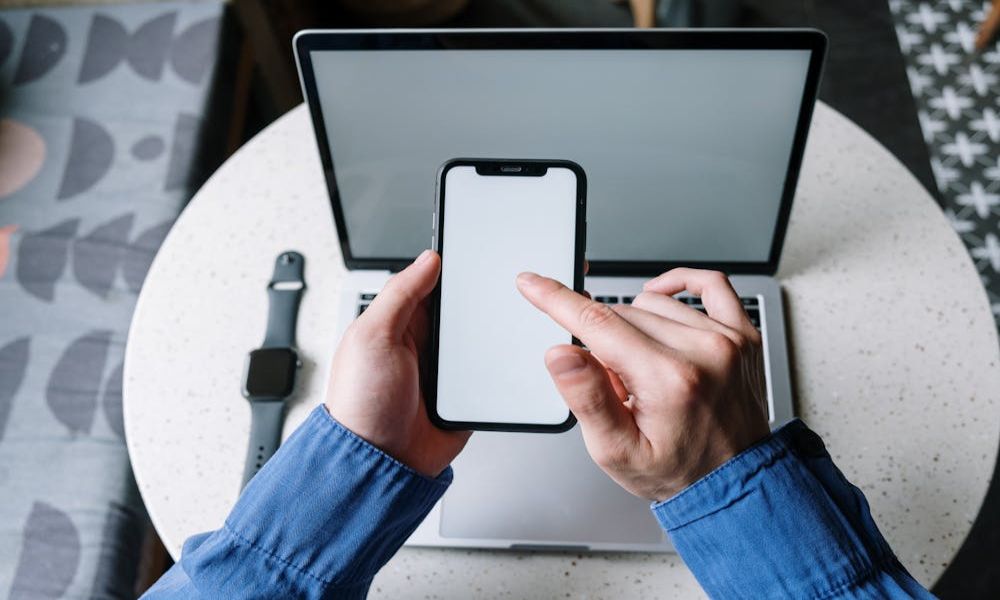
Emergency services, such as 911, often rely on real-time tracing to respond swiftly to critical situations. However, calls made using Voice over Internet Protocol (VoIP) or encrypted apps may take longer due to the need for additional digital forensic analysis.
Why Call Tracing Matters?
Call tracing plays a crucial role in various scenarios, from emergency responses to law enforcement investigations. Understanding how long it takes to trace a call can help clarify its importance in different situations.
- Emergency Services:When someone dials 911, real-time call tracing helps responders locate the caller quickly. The faster the trace, the better the chances of providing timely assistance.
- Law Enforcement Investigations:Call tracing is often used to track down criminal activities, fraud, and harassment cases. The ability to trace a call efficiently can make a significant difference in resolving cases.
- Parental Monitoring & Safety:Parents use call-tracing tools, such as SafeMyKid, to monitor their children's phone activity and ensure their safety. This can help prevent dangerous interactions and track real-time locations.
- Business Security & Fraud Prevention:Companies may use call tracing to detect and prevent fraudulent activities, spam calls, or unauthorized access to their systems.
By understanding why call tracing is essential, you can better appreciate the factors that impact tracing speed and effectiveness. Let’s explore the different types of call tracing and how they work.
How The SafeMyKid App Can Be Used for Tracing a Call

How long it takes to trace a call with the SafeMyKid app depends on several factors, but the app’s advanced features make the process faster and more efficient. SafeMyKid is designed to help parents monitor their child’s phone activities, including calls, messages, and real-time location.
To trace a call using SafeMyKid, parents sync the app with their child’s device to access call logs, including caller details and timestamps. They can also use GPS tracking to trace the phone’s real-time location during an ongoing call for quick and accurate monitoring.
The time it takes to trace a call depends on the call type and network. Landline calls are usually traced instantly due to fixed connections, while mobile calls may take seconds to minutes due to GPS or cell tower tracking.
SafeMyKid reduces tracing time with real-time monitoring, geofencing alerts, and live GPS tracking, enhancing speed and accuracy. Its stealth mode also lets the app run discreetly without alerting the child.
Key features of SafeMyKid app for call tracing
- Call Trace Logging – Captures detailed logs of incoming and outgoing calls, helping track suspicious call activities efficiently.
- Instant Call Alerts – Send real-time alerts for unknown or flagged numbers, enabling swift response to potential threats.
- Message & Call Oversight– Monitors calls for unusual activity, providing essential data for faster call tracking.
- Real-Time caller Location Tracking– Tracks GPS-based device activity, helping pinpoint a caller’s location swiftly.
- Geofencing Notifications– Alerts when a device exits or enters set boundaries, supporting rapid call tracking.
- Stealth Monitoring Mode– Operates discreetly to avoid interruptions in call tracking efforts.
- Detailed Security Reports– Deliver insights on suspicious patterns, enhancing the efficiency of call tracking.
How SafeMyKid Helps Trace a Call:
SafeMyKid enhances tracking efficiency by monitoring suspicious activity. Wondering, "How long does it take to trace a call"? With real-time tracking and alerts, it takes just seconds to minutes!
Step 1. Create an account
Enter your email address to register on the SafeMyKid website. You will get access to the app's dashboard once you have finished the enrollment process.
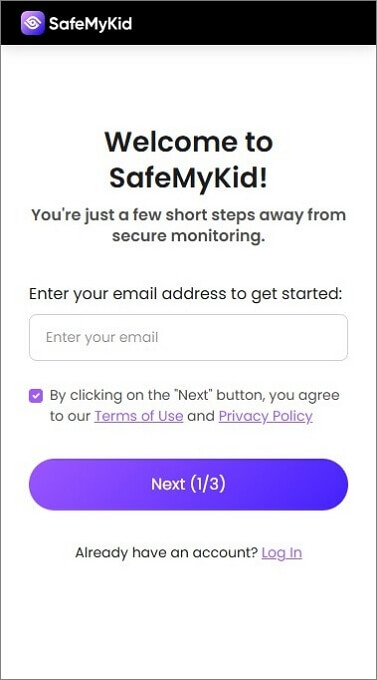
Step 2. Configure the app
For iPhones, log in with the iCloud login information associated with the device; no installation is required.
Installing the app on the target device will allow it to function covertly in stealth mode. This is applicable to Android devices.
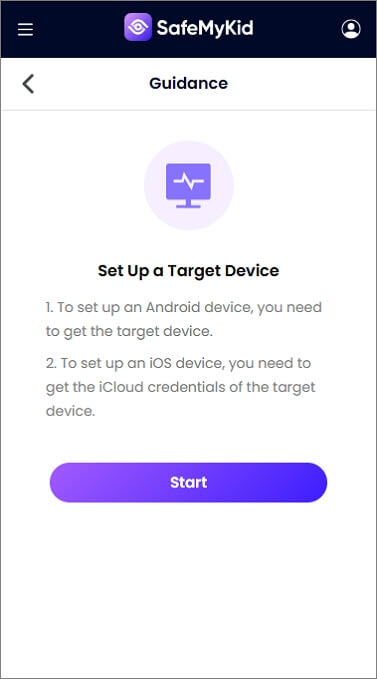
Step 3. Use SafeMyKid to trace a call in minutes
Use the SafeMyKid dashboard to track call logs, caller details and monitor real-time GPS location for effective call tracing.
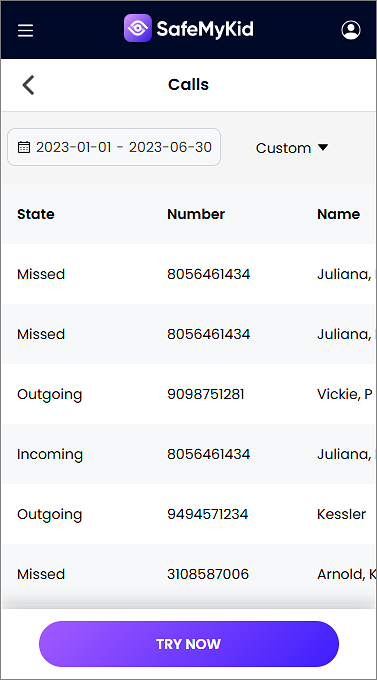
7 Factors Affecting Call Tracing Time
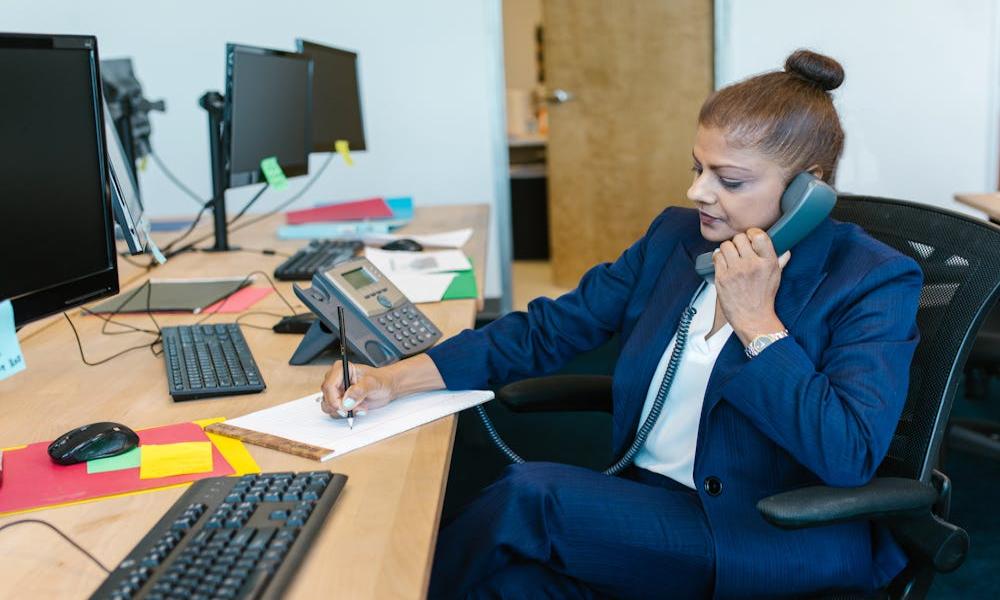
Call tracing time can vary significantly based on several factors, including the type of call, the technology involved, and external challenges like network congestion or encryption. Here are the seven key factors that influence the time it takes to trace a call:
- Type of Call (Landline, Mobile, or VoIP)
- Call Duration
- Technology and Tools Used
- Network Congestion
- Encryption and Privacy Settings
- Geographical Location
- Call Routing and Switching
The type of call plays a major role in determining tracing speed. Landline calls are generally the fastest to trace, as they rely on fixed physical connections between telephone exchanges, making it possible to trace the call’s origin almost instantly.
Mobile calls, on the other hand, require tracking the caller’s location via GPS or cell towers, which can take anywhere from a few seconds to several minutes.
VoIP (Voice over Internet Protocol) calls are the most challenging to trace due to their reliance on internet-based protocols, which may involve tracking IP addresses and decrypting data.
Longer calls are typically easier to trace because they provide more time for the system to pinpoint the origin. Short calls may not allow enough time to establish the caller’s exact location, especially in mobile and VoIP cases.
The speed of call tracing depends heavily on the technology and tools used. Advanced tracing systems, like those employed by emergency services, can trace calls in real time. However, outdated or less advanced systems may slow down the process, leading to delays in identifying the call's origin.
Heavy network traffic can slow down the call tracing process, especially for mobile and VoIP calls. When multiple signals compete for bandwidth, it can cause delays in locating the caller. This interference makes tracing less efficient and may extend the time needed to pinpoint the call’s origin.
Calls made on encrypted platforms or using anonymization tools are harder to trace due to enhanced data protection. Encryption masks call details, making it difficult to track the origin without advanced decryption techniques.
The geographical location of the caller plays a significant role in call tracing time. Calls made from remote or rural areas may take longer to trace due to weaker signals, limited network coverage, and fewer cell towers to triangulate the location.
These factors can slow down the process, making it harder for tracing systems to pinpoint the exact call origin efficiently.
Call routing and switching can significantly impact tracing time, especially for international and VoIP calls. Calls routed through multiple networks or regions may experience delays due to signal switching, rerouted protocols, and tracking complexities.
This makes tracing slower and more challenging, as the system must track the call’s path across various network layers and locations.
Types of Call Tracing
Call tracing can be categorized based on the type of communication used: landline, mobile, or VoIP (Voice over Internet Protocol). Each method involves different technologies and varying trace durations.
- Landline Call Tracing:
- Mobile Call Tracing:
- VoIP Call Tracing:
Tracing a landline call is generally fast and straightforward due to direct connections between telephone exchanges. Law enforcement and telecom providers can often determine the caller’s exact location almost instantly.
This method has been used for decades and remains one of the quickest forms of call tracing.
Mobile call tracing involves tracking signals through cell towers, GPS, or triangulation. Unlike landlines, mobile calls require detecting the caller’s location dynamically, which may take a few seconds to several minutes.
Tracing VoIP calls is more complex because these calls are transmitted over the Internet rather than traditional phone networks. Identifying the caller’s IP address may involve additional steps, such as working with internet service providers (ISPs).
This can slow down the tracing process, especially if the call is encrypted or anonymized. Each type of call tracing plays a critical role in assisting law enforcement, emergency services, and investigations.
FAQs: How Long Does It Take to Trace A Call
If you're wondering how long it takes to trace different types of calls and the factors that influence tracing time, these FAQs will provide the answers.
1. How long does it take to trace a landline call?
Landline calls can usually be traced almost instantly due to direct network connections.
2. How long does it take to trace a mobile call?
Mobile call tracing may take a few seconds to several minutes, depending on GPS, cell tower signals, and network traffic.
3. How long does it take to trace a VoIP call?
VoIP calls may take longer to trace due to internet-based protocols, encryption, and the need to track IP addresses.
4. Can a call be traced in real time?
Yes, emergency services and advanced apps like SafeMyKid can trace calls in real time, especially during ongoing calls.
5. How does SafeMyKid help with call tracing?
SafeMyKid enhances call tracing by providing real-time GPS tracking, call logs, geofencing alerts, and suspicious activity notifications.
Conclusion
How long does it take to trace a call? The time varies with technology, service provider support, and legal steps, but tools like real-time tracking and alerts can speed it up.
By integrating these advanced features, users can reduce delays and ensure faster, more efficient call tracing. Ultimately, the duration depends on both the tools used and the complexity of the situation.
